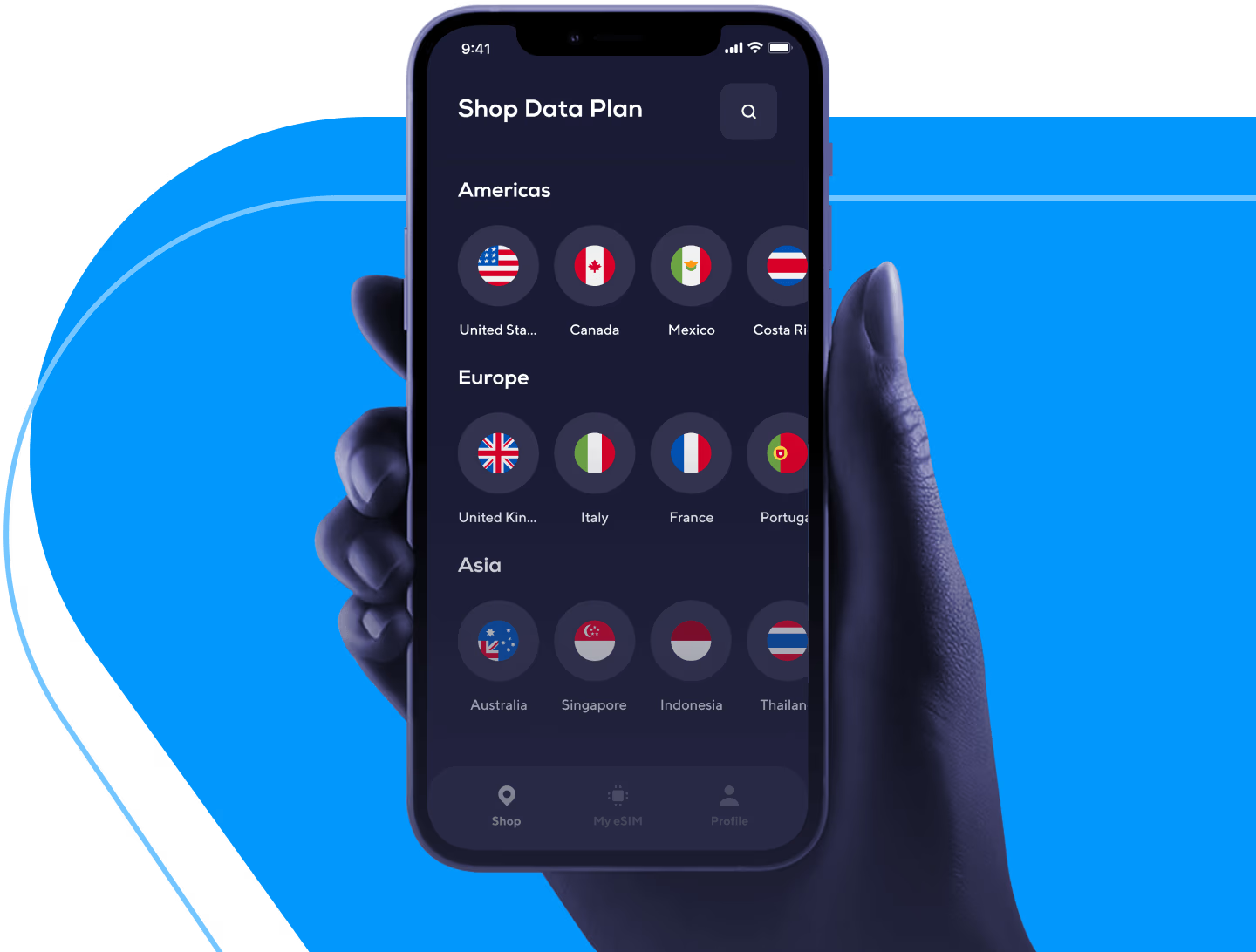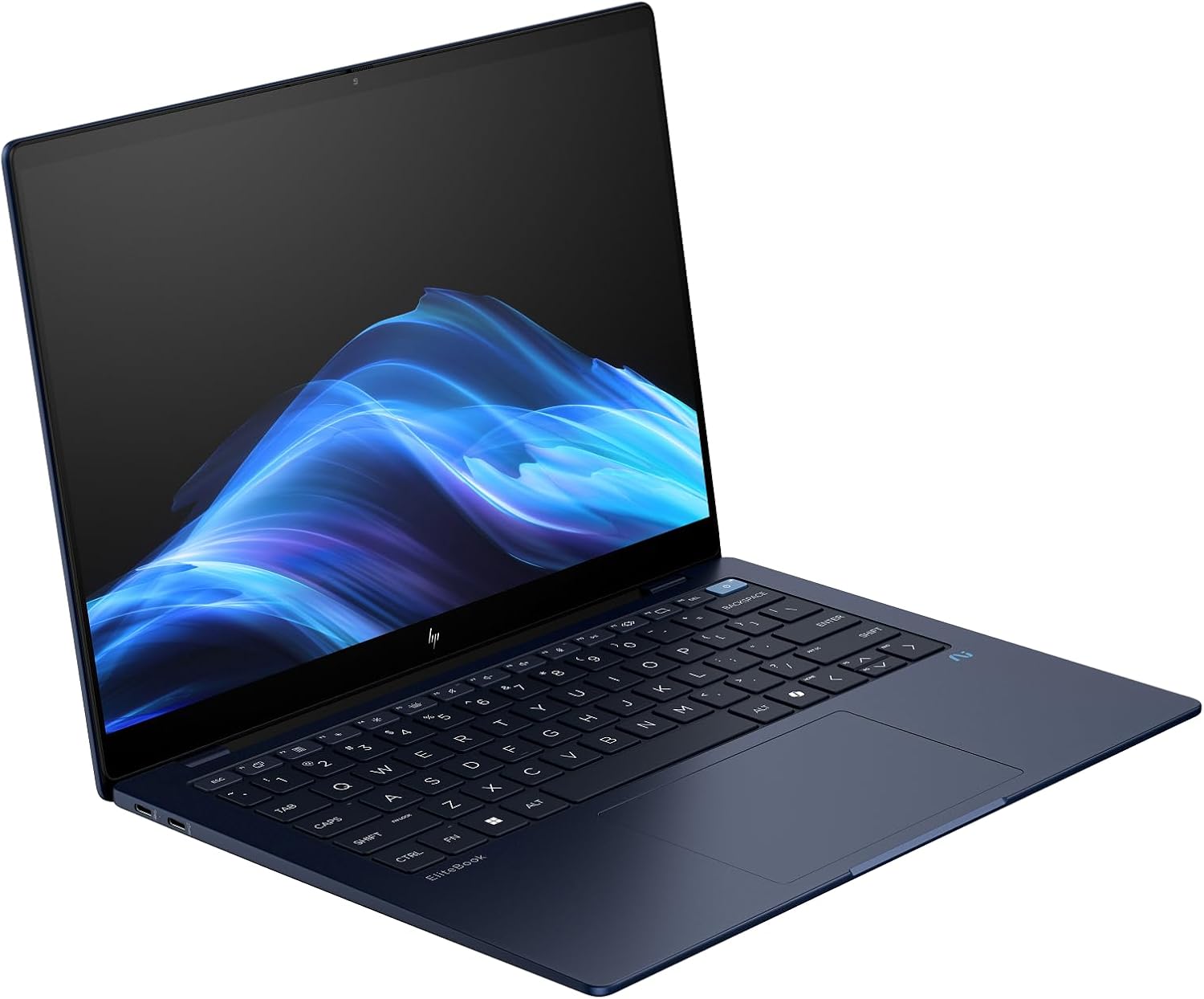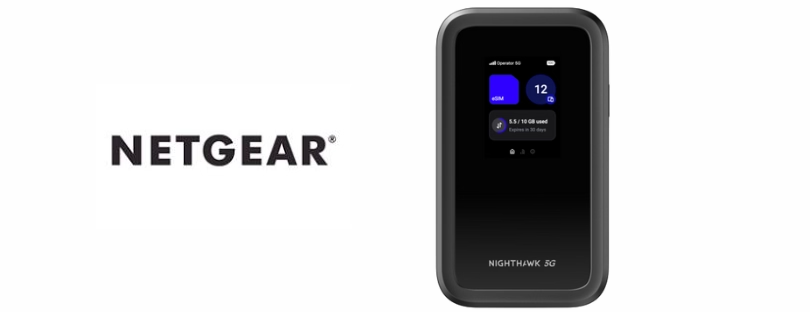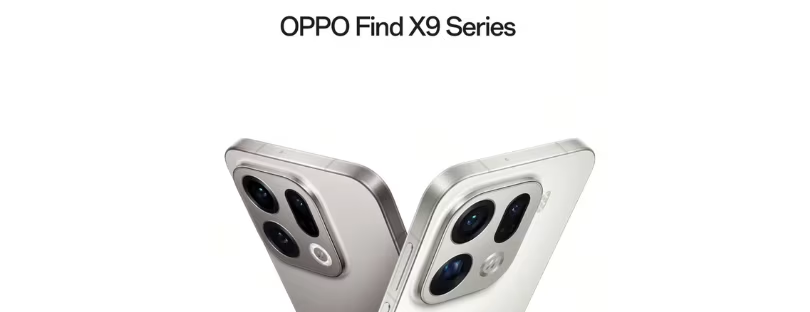
HP’s built-in eSIM brings seamless, Wi-Fi-free connectivity on the go
If you spend a lot of time working from airports, high-speed trains, hotels with questionable Wi-Fi, or cafés where the router is older than the espresso machine, you know the drill: tether your phone, watch your battery melt, and pray the signal holds during your call. For digital nomads and business travelers, connectivity is half the battle.
That’s exactly why HP’s built-in HP Go eSIM on the EliteBook 6 G1q feels like a laptop feature that actually understands how people travel today. It doesn’t try to reinvent mobility—it just quietly fixes one of the biggest pain points.
HP Go eSIM means your laptop simply… connects
What sets HP Go apart is that it doesn’t ask you to “set up” anything. There’s no hunting for QR codes, no separate carrier checkout flow, and no SIM cards rattling in your backpack. You open the device, go through the usual Windows onboarding, and boom—your laptop already knows how to get online over mobile data.
And crucially, this isn’t tied to a single carrier. HP Go can switch between major networks automatically, depending on where coverage is strongest. For travelers, this is gold: fewer dead zones, fewer dropped calls, and fewer “proxying your phone’s hotspot because the hotel’s Wi-Fi runs through a potato.”
It’s the kind of connectivity that doesn’t feel like a feature. It feels like a basic right the laptop should’ve had all along.
Designed for people who work everywhere—or nowhere
Some devices are made for desks. The EliteBook 6 G1q, especially with eSIM baked in, is unapologetically built for motion.
For digital nomads
When your office is whatever country stamp is in your passport this week, consistency is the hardest thing to maintain. HP Go means you don’t have to buy a local SIM card for your laptop in every country or rely on a café’s upload speed to send that urgent file. Your laptop syncs, uploads, and calls reliably whether you’re in Split, Seville, or Singapore.
It’s also one less device draining your phone. Anyone traveling long-term knows that tethering can turn an iPhone into a hand warmer in minutes.
For business travelers
If your day consists of Teams calls between terminals, or replying to contracts from the back seat of a taxi, you don’t have time to troubleshoot connectivity. Multi-carrier eSIM takes the “What network even works here?” question off your plate.
And because the EliteBook 6 G1q is running a modern, efficient Snapdragon platform, the battery life can actually keep up with this always-connected lifestyle. No more sprinting for outlets in airports like it’s an Olympic sport.
For corporate teams
IT departments love eSIM because it means no physical provisioning, less admin, and cleaner device management. HP’s system plugs directly into remote device setup workflows—so employees get a laptop that works from day one, even if “day one” happens on the road.
Why does this approach feel different?
Plenty of laptops have offered LTE or 5G before. The problem? Most of them made mobile connectivity feel like a telecom errand.
HP Go feels closer to what Apple did with iPad’s Apple SIM back in the day—but updated for eSIM, 5G, and the reality of global travel. Instead of picking a carrier, you pick… none. The laptop picks for you.
Similar players exist—Lenovo has eSIM-ready ThinkPads, and Microsoft pushed Always Connected PCs—but very few offer true multi-network flexibility built directly into the device experience. Those earlier attempts always felt like carrier products living inside a laptop. HP’s version feels like a laptop product that just happens to talk to carriers.
This isn’t just semantics — it changes how likely users are to rely on it. When connectivity is seamless, people actually use it as their default.
A more mature moment for connected laptops
What’s interesting is how well HP’s timing aligns with broader industry shifts:
- eSIM adoption is exploding globally
- Travelers expect devices to be “network aware.”
- Remote work is now a permanent reality
- Businesses want lighter, more flexible device fleets
- 5G networks are finally reliable enough to act as primary connections
Reliable sources like Counterpoint Research, CCS Insight, and IDC have been pointing out for over a year that eSIM is becoming the standard rather than the exception—and laptops were always the logical next stop.
We’re entering the phase where laptops behave like phones: fully connected, battery-efficient, and cloud-first. HP’s execution here simply feels more polished than earlier experiments.
Conclusion
HP’s built-in HP Go eSIM on the EliteBook 6 G1q isn’t trying to make a splash—it’s quietly solving the most annoying part of mobile work. Compared to Lenovo’s more traditional carrier-activated LTE models or Microsoft’s early Always Connected PCs, HP’s multi-carrier, friction-free approach feels far more aligned with how people actually travel today. It leans into the same reliability-first philosophy that turned eSIM from a niche tech into a mainstream expectation on smartphones.
For digital nomads, frequent flyers, and anyone whose “office” moves with them, HP Go doesn’t just add convenience—it removes a barrier. It makes the laptop feel like a truly independent device again. And that shift might finally be what pushes always-connected laptops from niche to normal.











